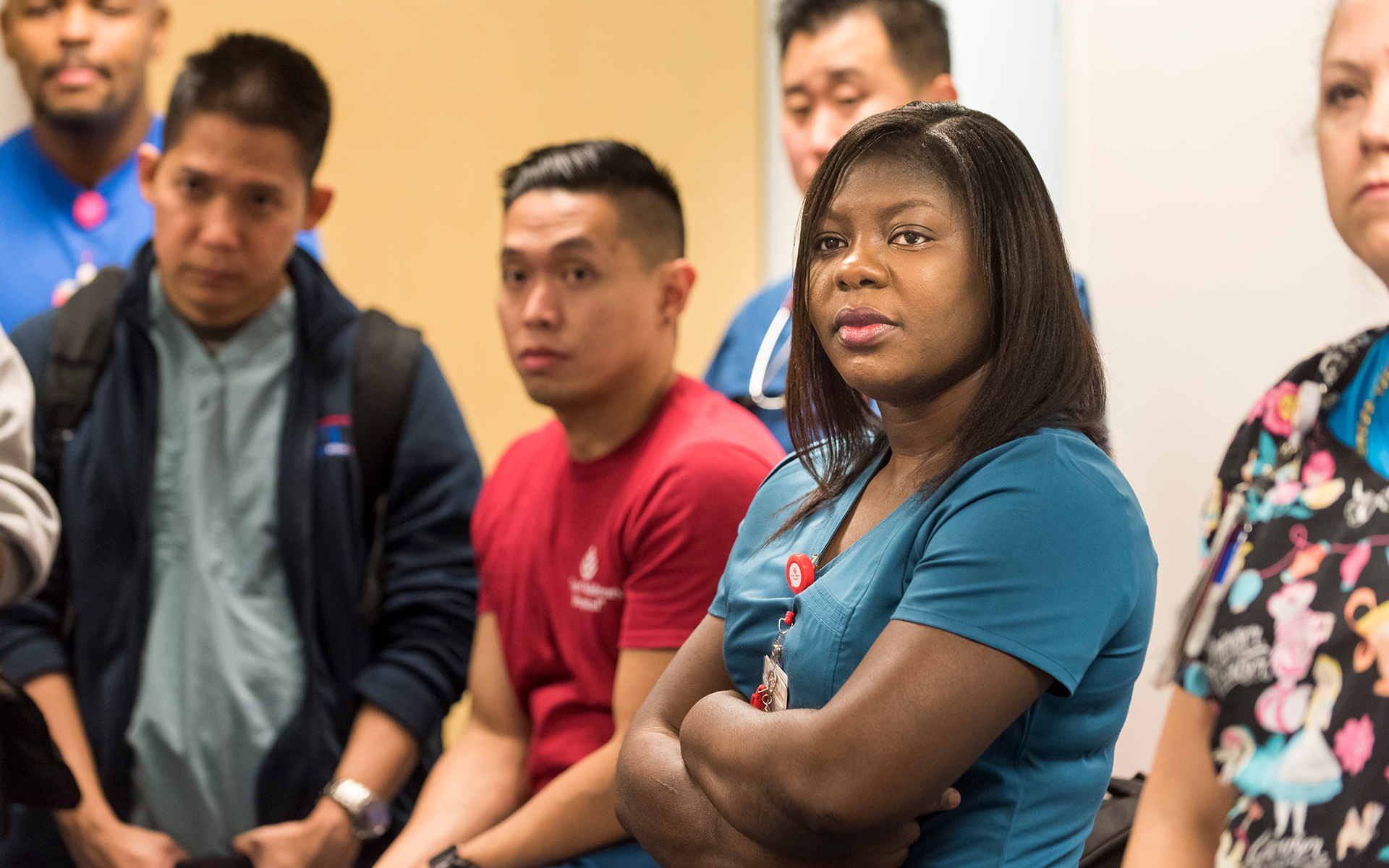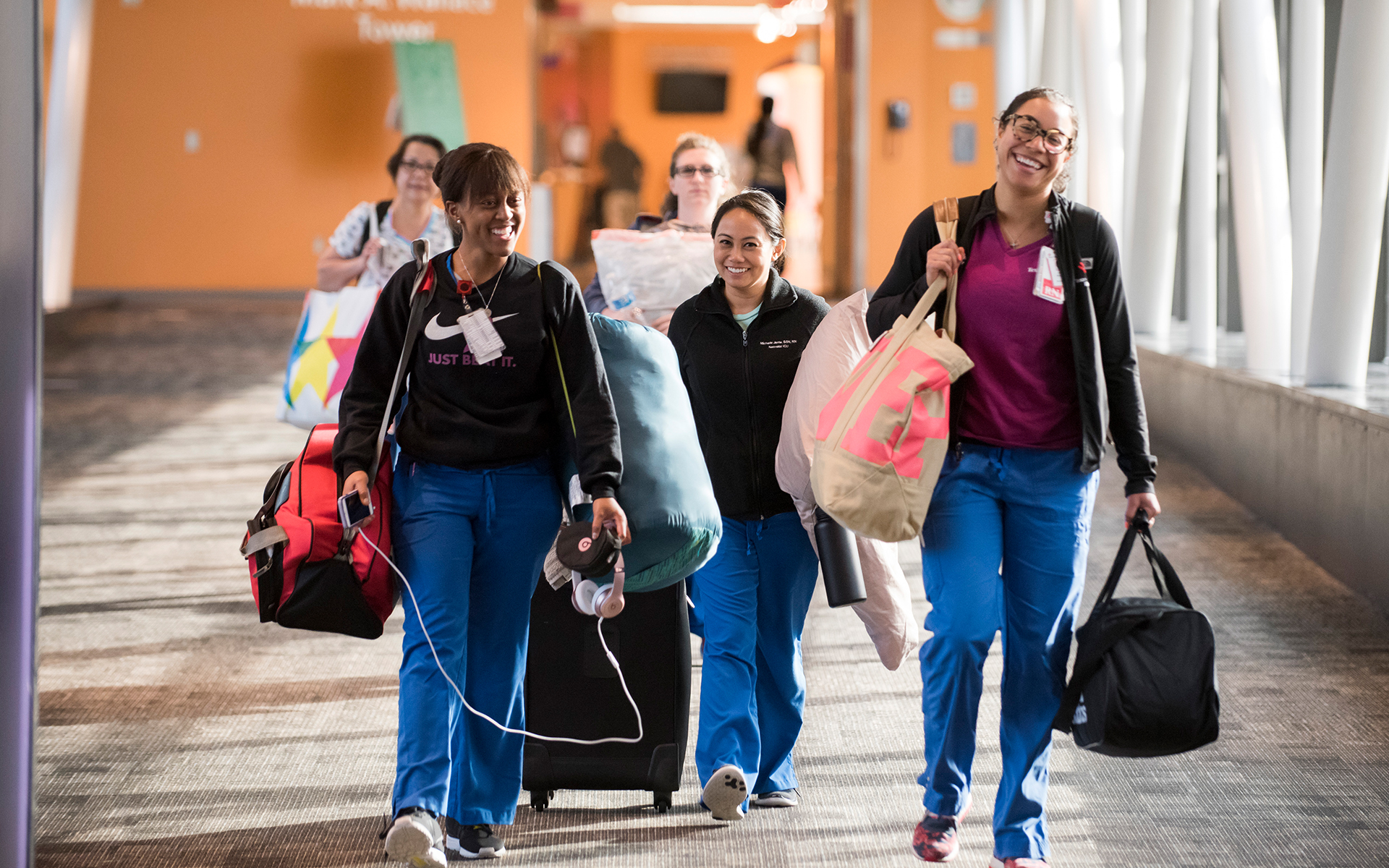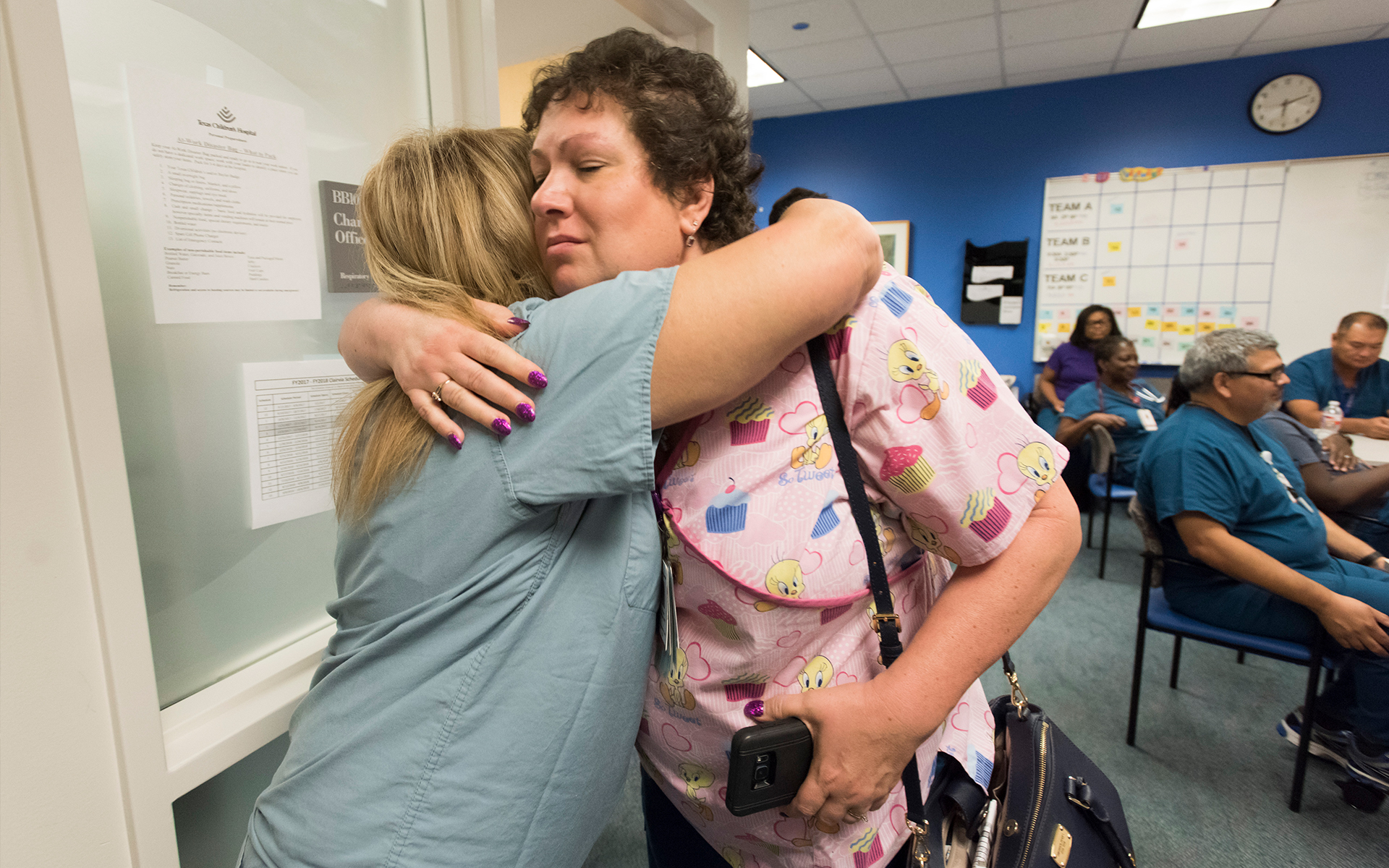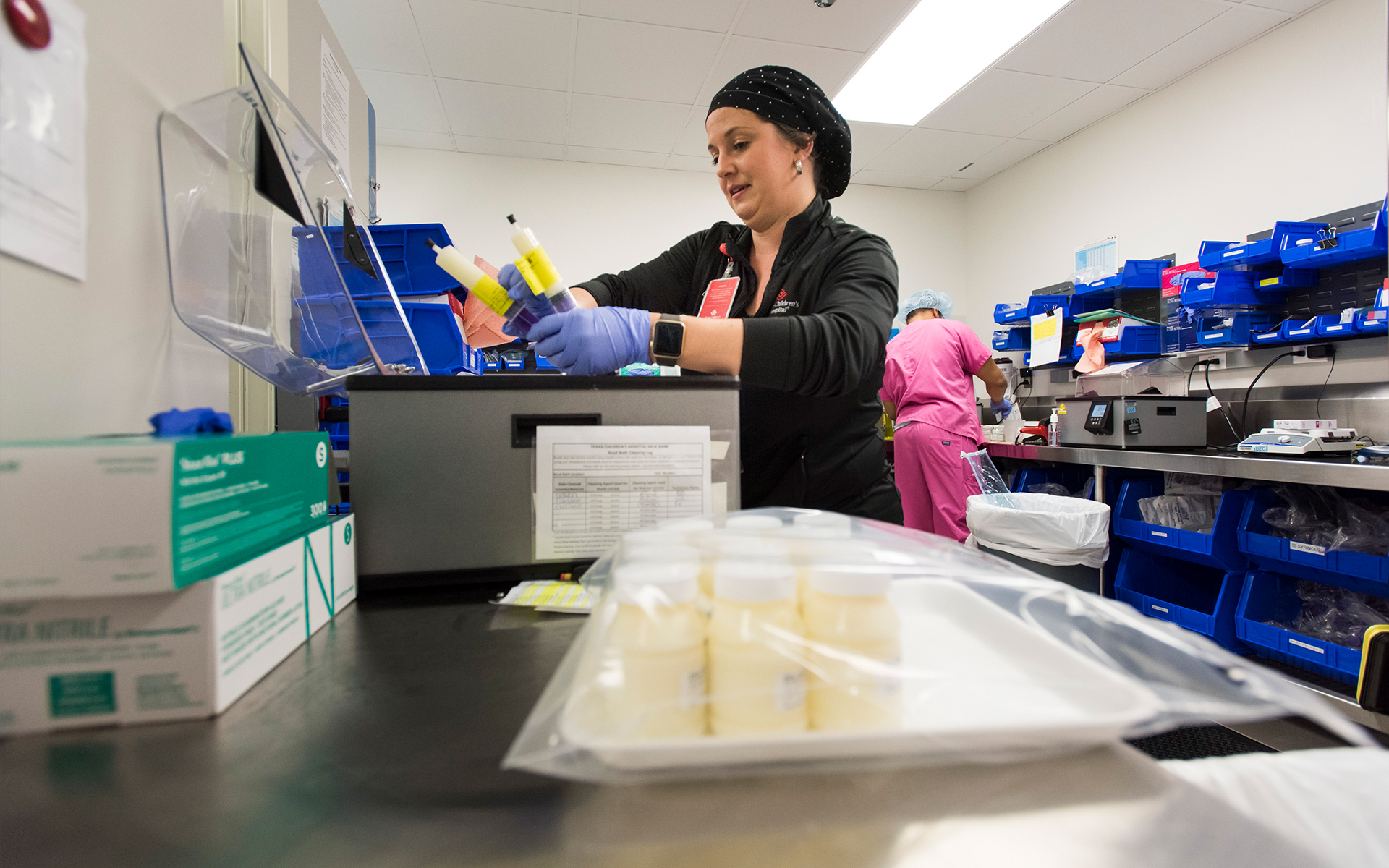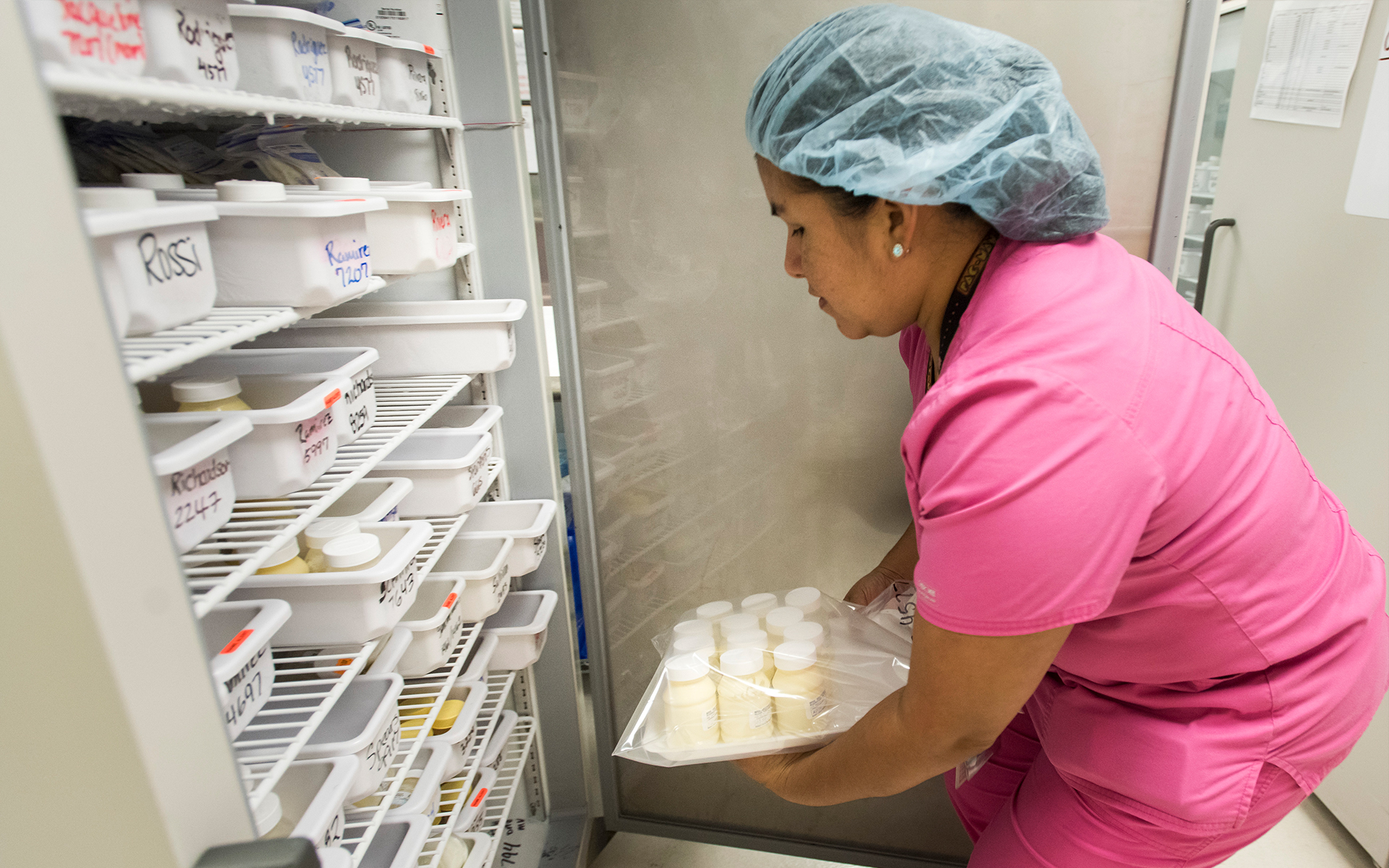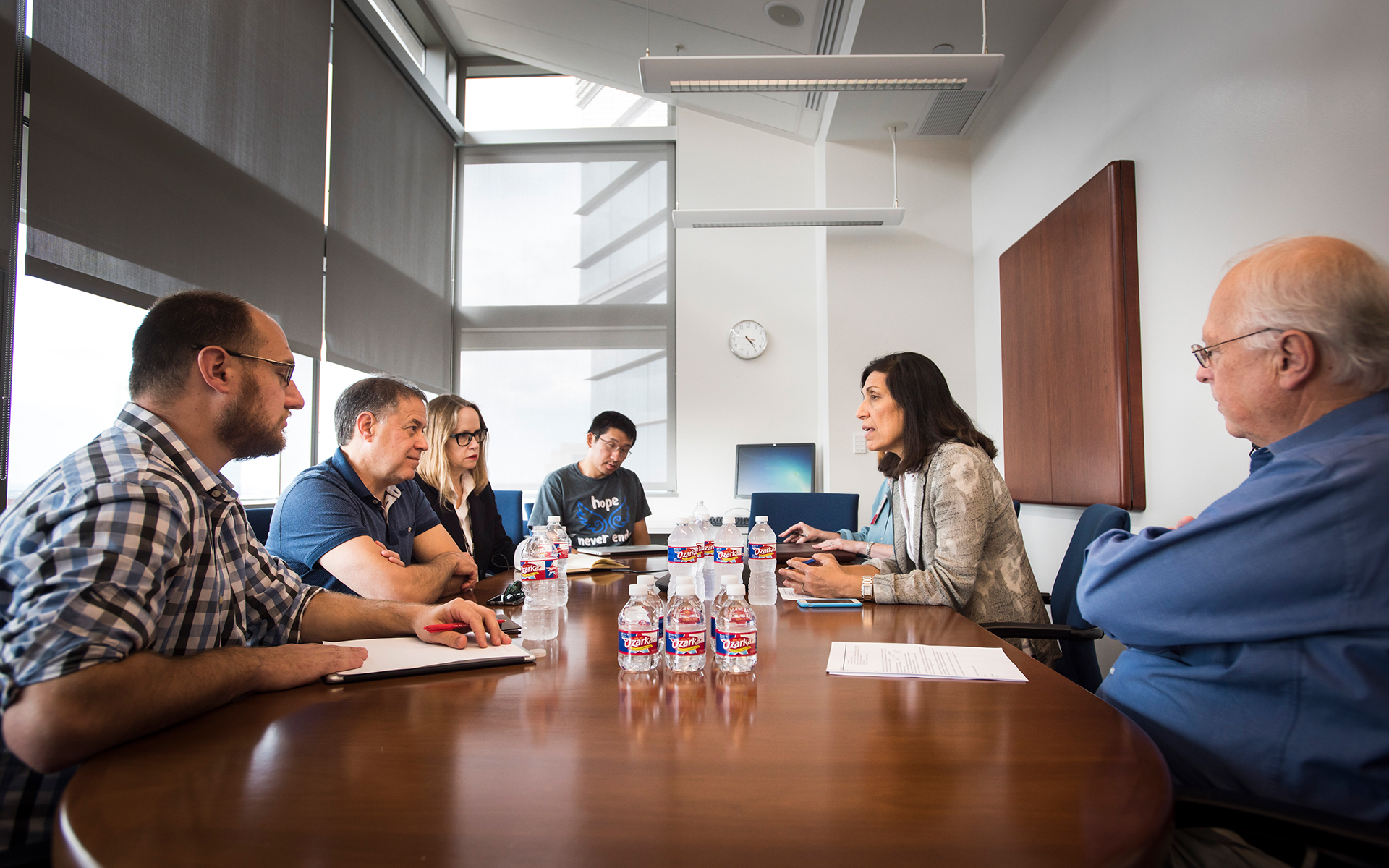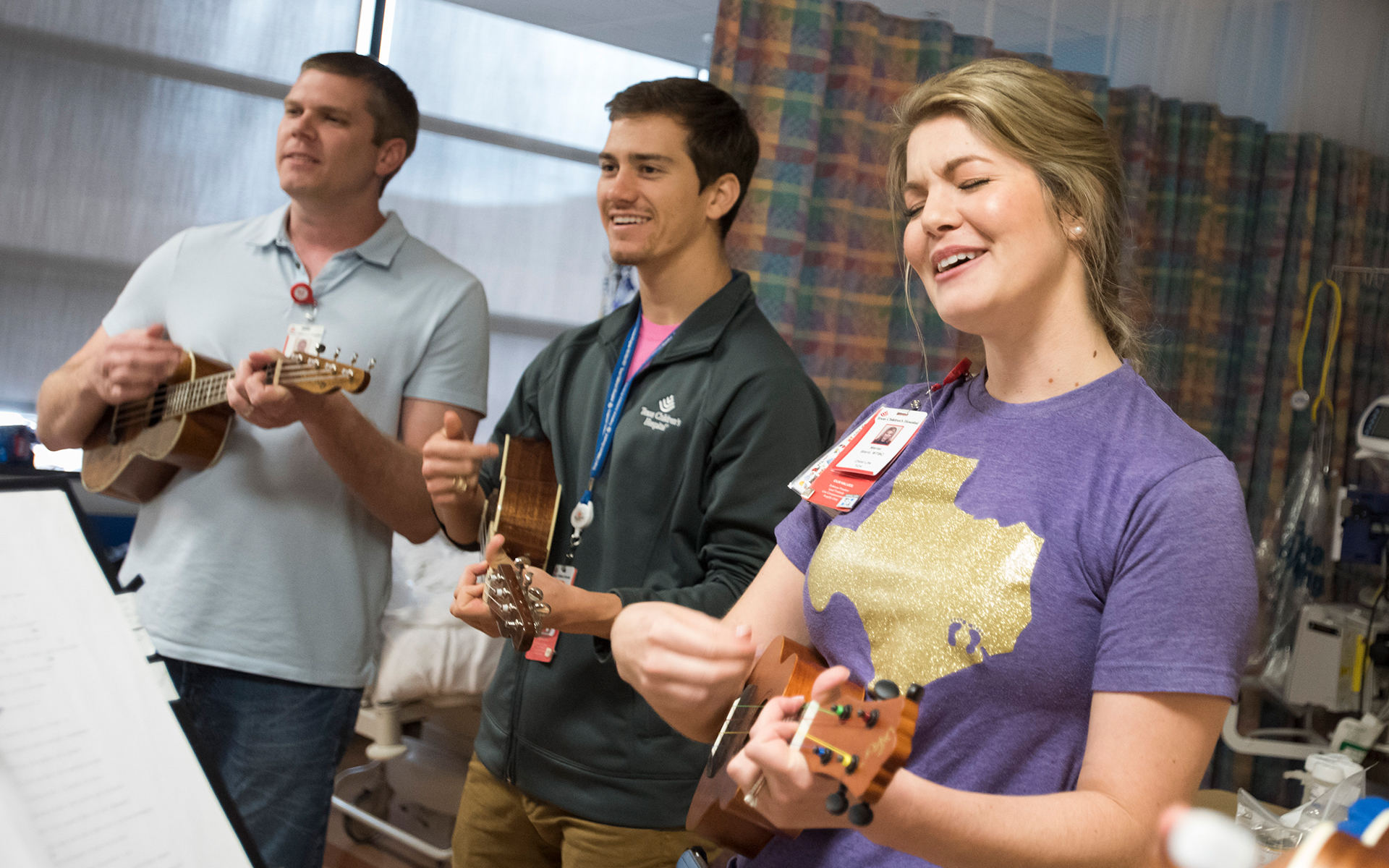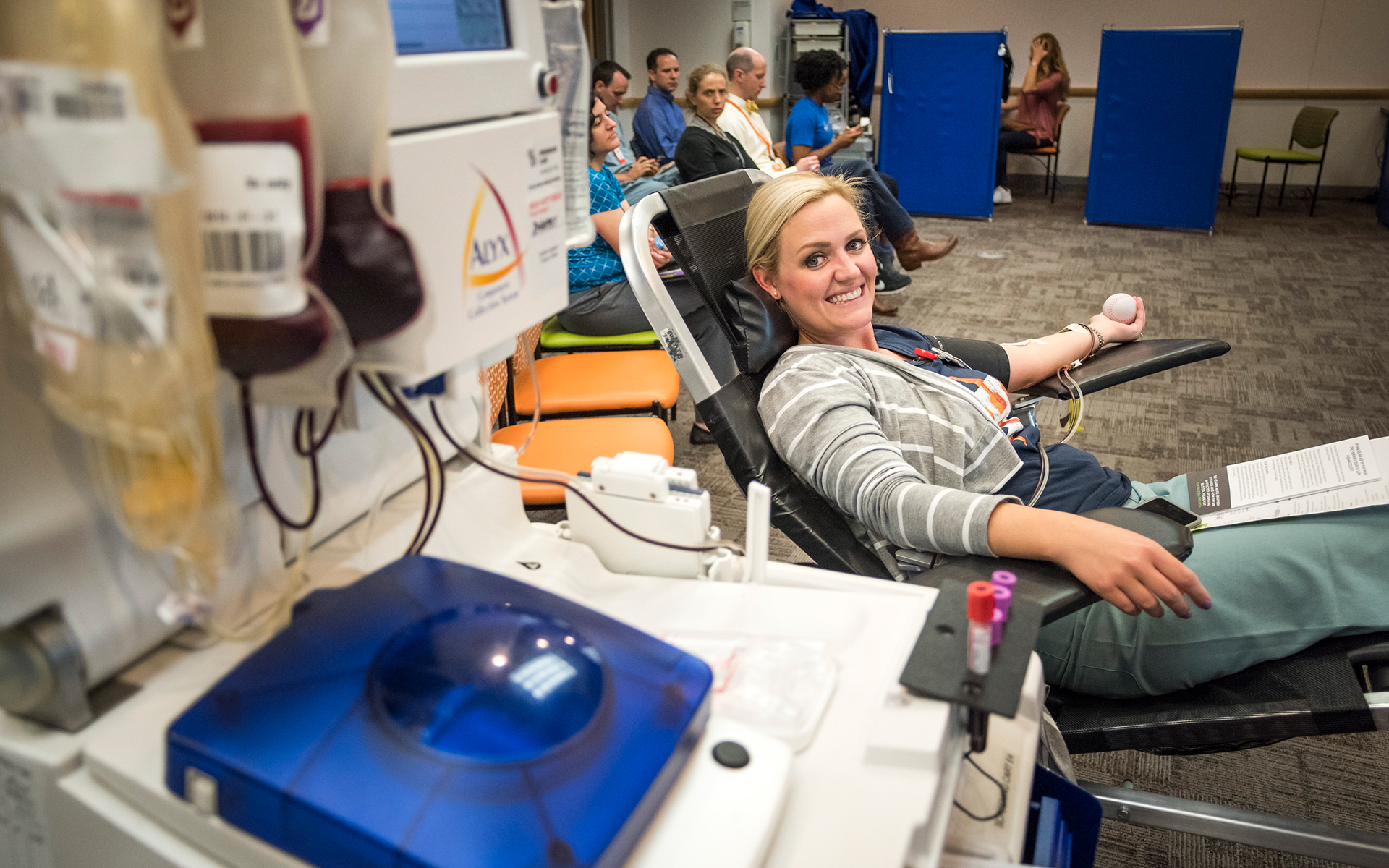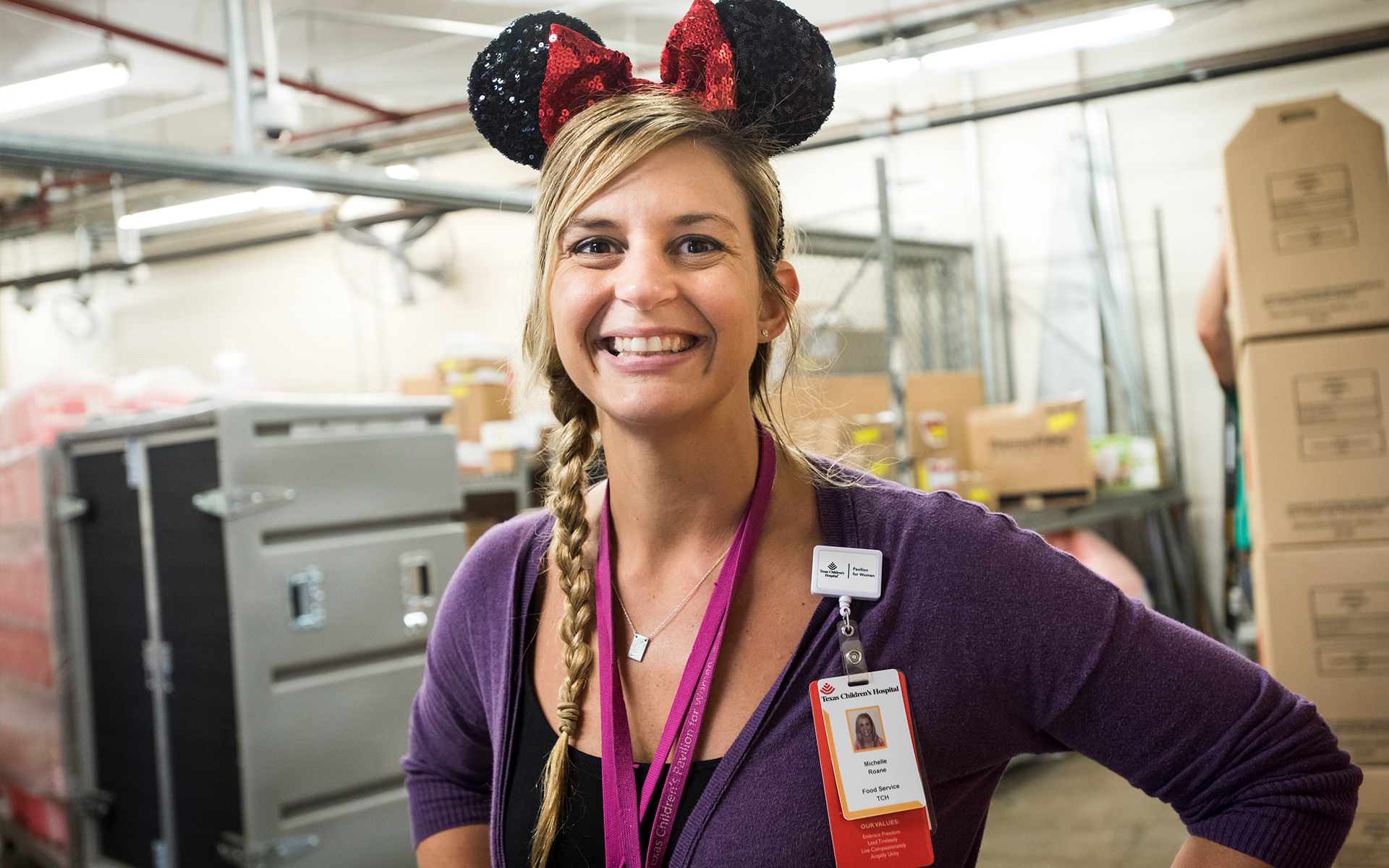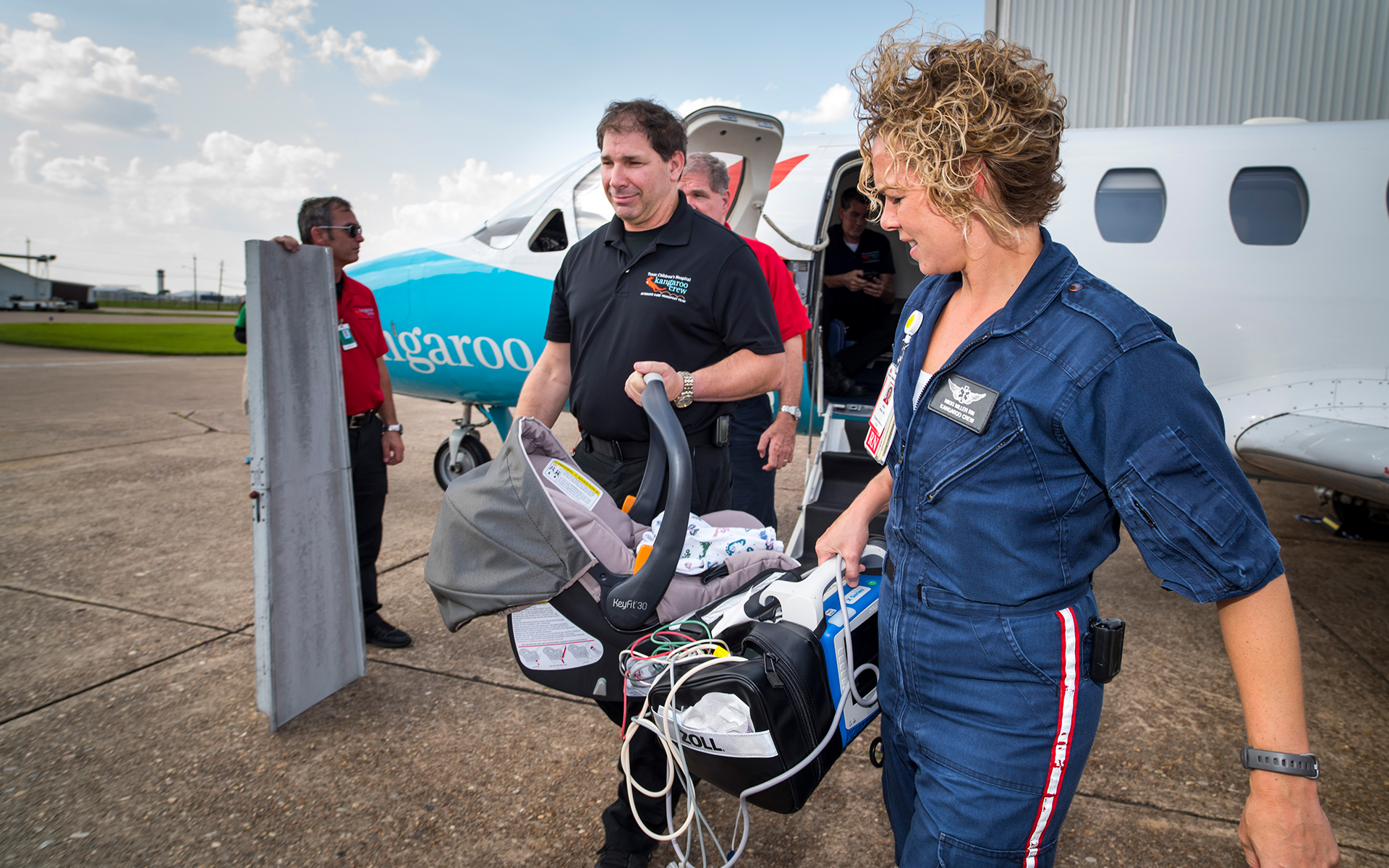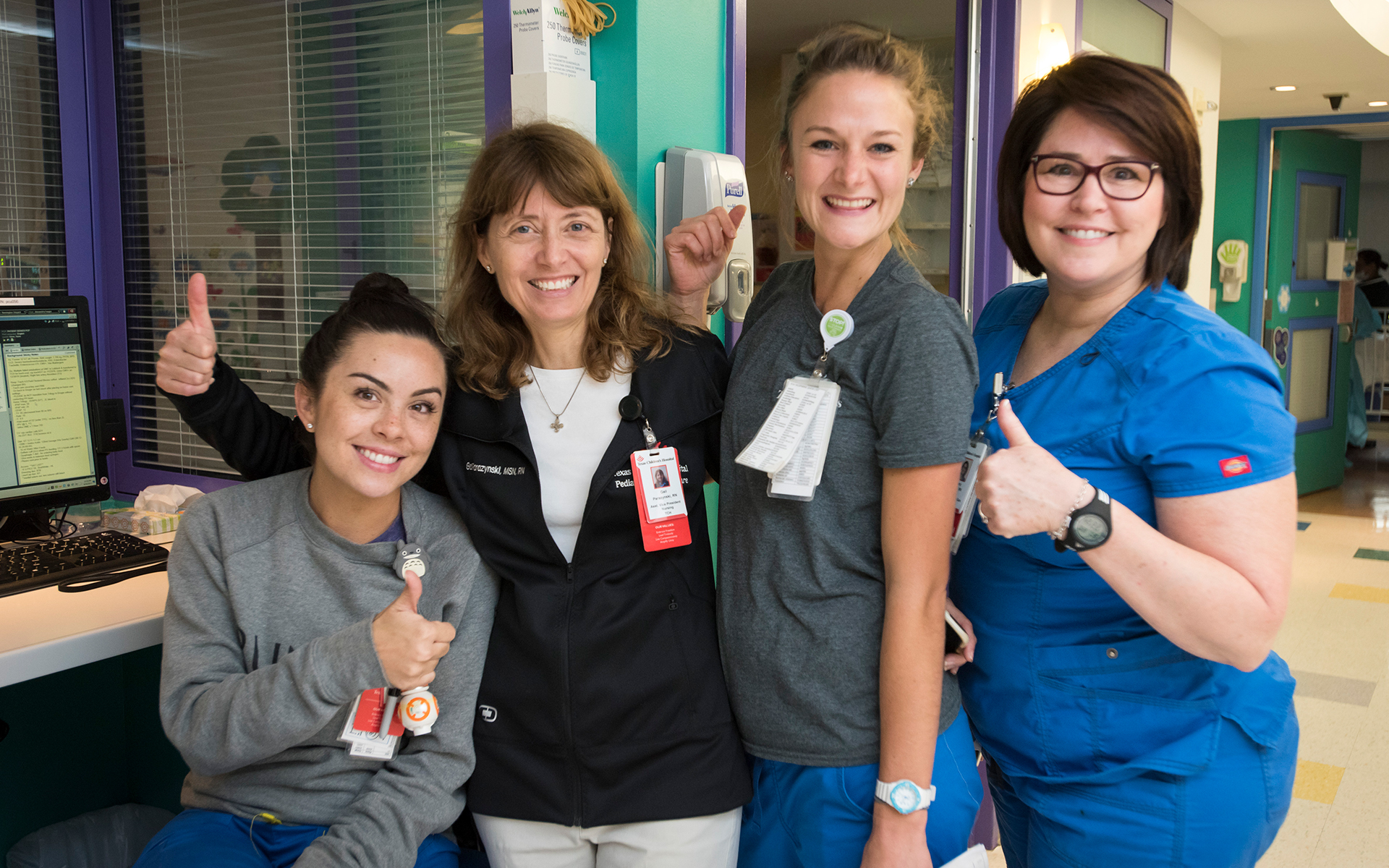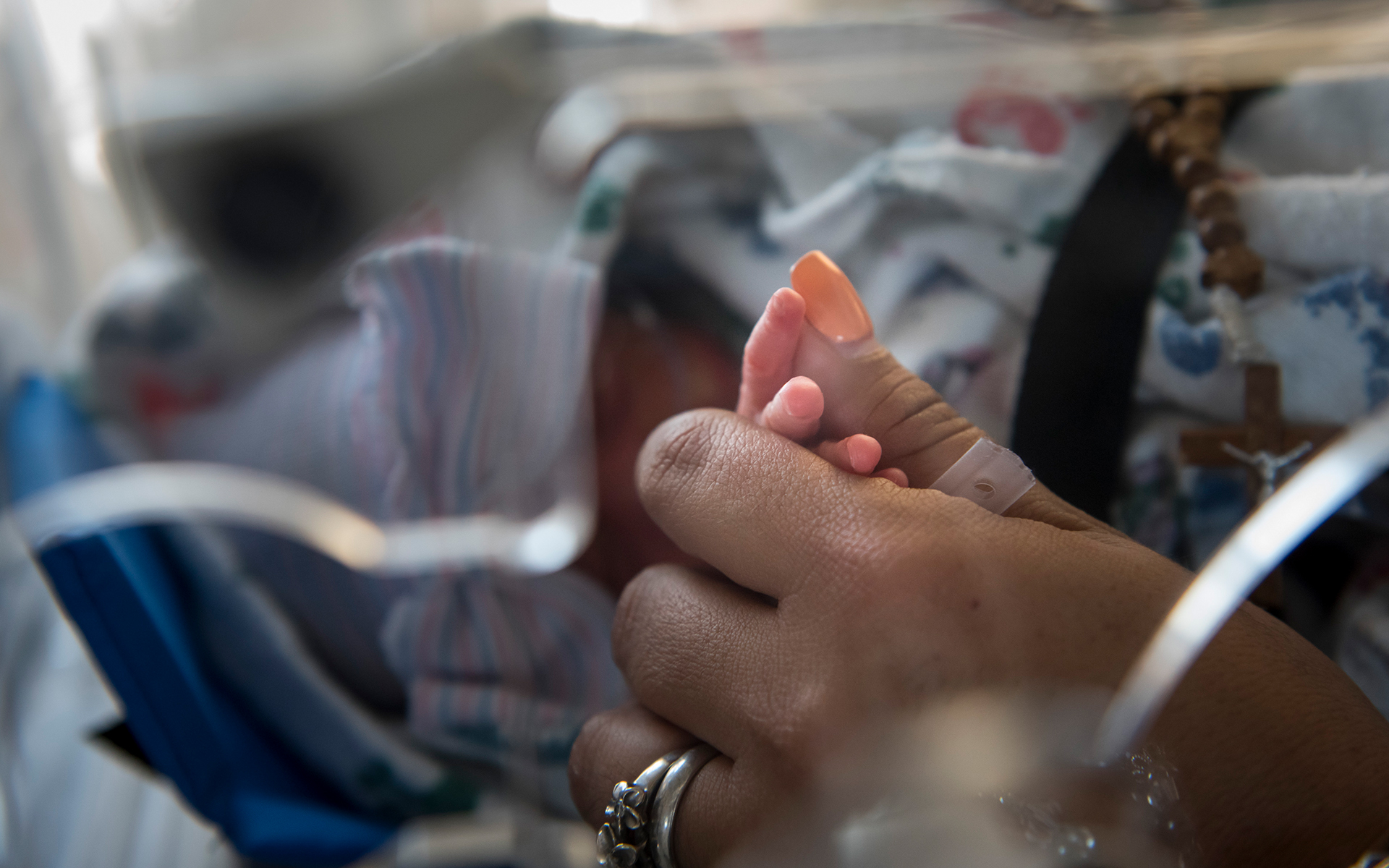History of success
Texas Children’s has a history of success when it comes to weathering serious storms. In 2001 during Tropical Storm Allison, most of the hospitals in the Texas Medical Center had to evacuate due to severe flooding and couldn’t resume full operations for six to nine months.
Texas Children’s was open and operational the entire time, thanks to five basement-level flood doors the hospital had invested in the year before. The doors worked so well during Allison, additional ones were installed afterward.
“Texas Children’s is focused on being prepared during these events because we are committed to our patient population,” Kaziny said. “It’s something that we have a number of policies and plans in place for dealing with, and we drill annually at a high level across the entire system.”
After the storm
After Hurricane Harvey, a team from the Federal Emergency Management Agency came to do an assessment of challenges and problems that arose at Texas Children’s.
“I think they were kind of bored because everything worked so smoothly for us,” Kaziny said. “Their takeaway was that the institution is really writing the book on best practices for preparedness for these types of weather events.”
As the water receded in the Greater Houston area, the full extent of the damage was revealed, with many people’s lives uprooted more than they had ever imagined. As a result, many Texas Children’s employees donated time and resources to help community members and coworkers get back on their feet.
The extraordinary generosity of Texas Children's employees was evident in the 2,500-plus hours of personal time off and more than $200,000 they donated to the Employee Financial Assistance Fund during the months after the hurricane. In addition, more than $550,000 in financial aid and $73,850 in gift cards were provided to employees in the months after the storm.
“We are fortunate to be able to help members of our Texas Children’s family who are in need of assistance after the storm. Many employees and their families are still living in temporary housing and haven’t begun to realize the total amount of recovery costs ahead of them,” said Employee Assistance Program Manager Brent LoCaste-Wilken. “We also are very appreciative and proud of those who have already donated their time and money to help coworkers. This type of generosity illustrates our culture of unity and compassion.”
“I have seen many heartbreaking images from around our city, but just as compelling have been the scenes of resilience and kindness in our community,” Wallace said. “We are at our best when things are not easy. We are strong, compassionate and resourceful, and I’ve never seen any situation that surpassed our determination and our unity.”
Outreach efforts continue
Many of the immediate effects of a major disaster are visible to the public eye and include infrastructure damage, flooding and public health issues, such as water contamination. The long-term psychological impacts of a major event are harder to see.
In the aftermath of the storm, Texas Children’s has continued to go the extra mile for its patients, families and those in the community affected by the storm, launching the Harvey Resiliency and Recovery Program as part of Texas Children’s new Trauma and Grief Center. The Harvey Resiliency and Recovery Program was made possible through the support of the Children’s Health Fund and a generous donation from its famous cofounder Paul Simon and his wife Edie Brickell, a Texas native.
The Harvey Resiliency and Recovery Program will be dedicated to serving the needs of the many children and families adversely affected by the storm and its aftermath. The Trauma and Grief Center at Texas Children’s is one of the only health service agencies within this region of Texas with significant child trauma and bereavement expertise. The center will evaluate traumatized and/or bereaved youth between the ages of 7 and 17 and provide ongoing evidence-based treatments to those youth requiring intervention.
“Using evidence-based assessments and interventions, as well as providing trauma-informed training to mental health professionals and teachers in impacted communities, we hope to more quickly recognize and address the needs of children who are at risk for developing post-traumatic stress disorder and related psychological difficulties,” said Dr. Julie Kaplow, director of both the Trauma and the Grief Center and Harvey Resiliency and Recovery Program at Texas Children’s. “Surviving a disaster can be distressing for anyone, but youth who have already been exposed to trauma, traumatic loss and/or severe adversity are at particularly high risk for severe persisting stress and may need the support of a mental health professional. This new program will connect our experts to these children.”
The objective is to address the mental health needs of those who survived the recent storm and were exposed to trauma-related risk factors that research indicates is likely to predispose them to long-term mental, emotional and physical consequences.
“Children’s Health Fund has been responding to the needs of children and families post-crisis for 25 years now,” said Dennis Walto, chief executive officer of Children’s Health Fund. “We know kids who were living in poverty before the storm are now at the highest risk for short- and long-term negative impact on mental health and well-being. CHF looks forward to working with Texas Children’s team to develop programs that will reach all children and families impacted by the crisis – especially those who often struggle to access even basic health care – and to take those lessons to other communities that may be facing similar challenges.”
Texas Children’s is working with several community partners, including impacted school districts, to train professionals in how to screen and assess children who may need additional support. A formal screening tool is being used to help identify children who need higher level interventions, and experts at Texas Children’s Harvey Resiliency and Recovery Program will be available to meet with and treat these patients starting in early October.

